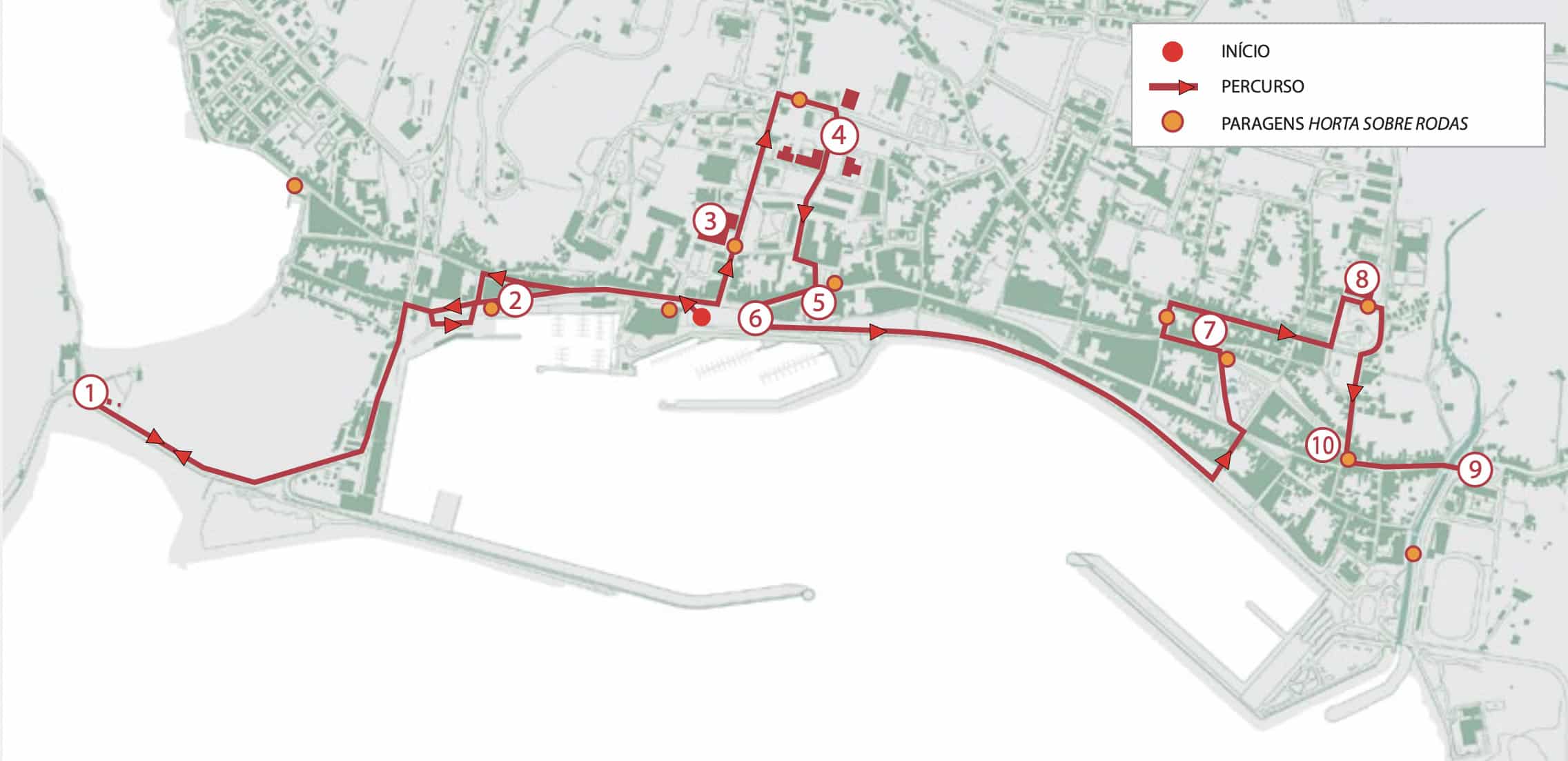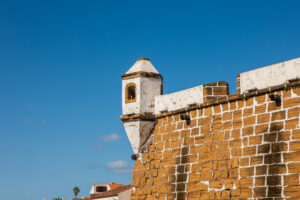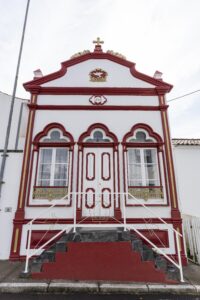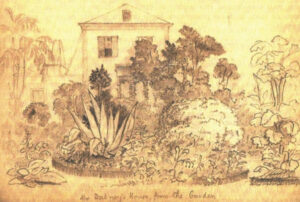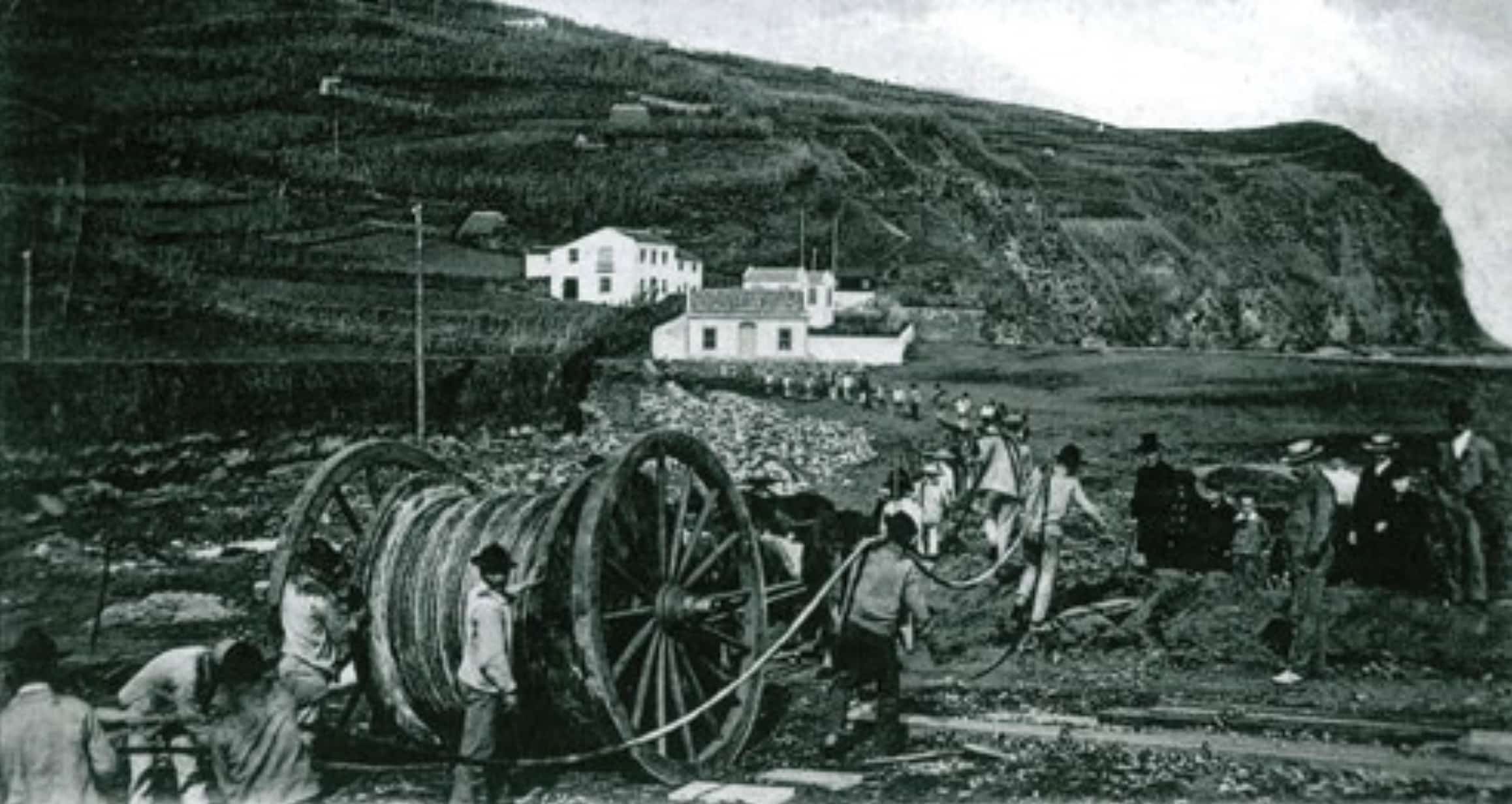
Horta os the Submarine Cables – A Cosmopolitan Era
This itinerary suggests the most remarkable places from the turn of the 19th to the 20th century, a period of great technological, cultural, and architectural development for Horta, due to its strategic position in the centre of the Atlantic Ocean.
In the late 19th century, Horta evolved from a humble commercial village to a bustling port town, benefited by the artificial port’s edification.
At the start of the following century, it became one of the largest submarine telegraph cable centres in the world. Horta received several international operating companies, along with their specialists, which transformed not only the urban centre, but the very culture and habits of the local people as well.
There was also a fascinating evolution in its architecture, particularly with fine examples of eclectic decorative features and elements inspired in Art Deco.
- Horta
- Average duration of 4 hours
- Some locations are subject to opening hours.
- Low difficulty level
1. Cable huts

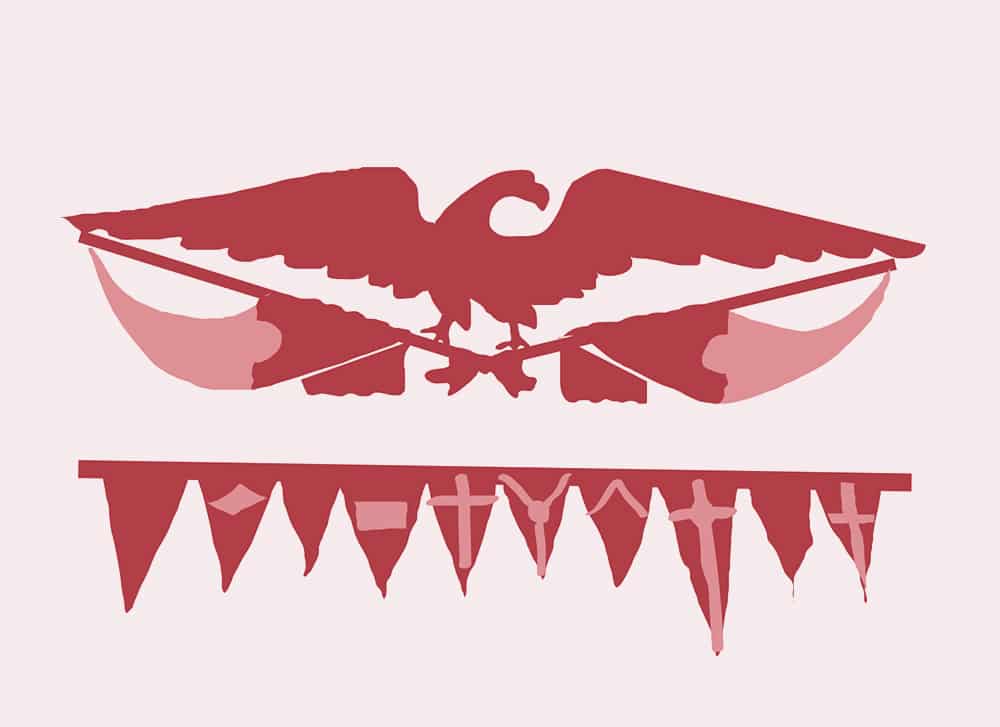
2. Peter’s Café Sport
This café is a mandatory stop for any visitor in Horta.
Established in 1918, it acquired great reputation on a national and international level over the decades, due to its privileged position, close to the bustling port. In the last decades, it has become a reference for yachtsmen, who can exchange correspondence, ask for information, or exchange currency here.
But above it all, it is a meeting point. A place for promoting themes concerning marine life and the archipelago of the Azores itself.
Peter Café Sport is a unique place with worldwide projection, defined by its branded image and beverage – the sperm whale and the gin and tonic, respectively – as well as its distinctive atmosphere, an authentic gathering point for men from numerous lands and seas.
3. Trinity House
It was built in 1902 and named Trinity House due to the fact that all three telegraph cable companies installed in Horta operated here simultaneously: the Europe & Azores Telegraphic Company, from Great Britain, the Deutsch-Atlantische Telegraphengesellschaft, or D.A.T., from Germany, and the Commercial Cable Company, or C.C.C., from the United States of America.
The Joint Cable Station was built between 1926 and 1928, and it is attached to the east side of the Trinity House, forming a single building.
Today this building serves as the António José de Ávila Primary School.

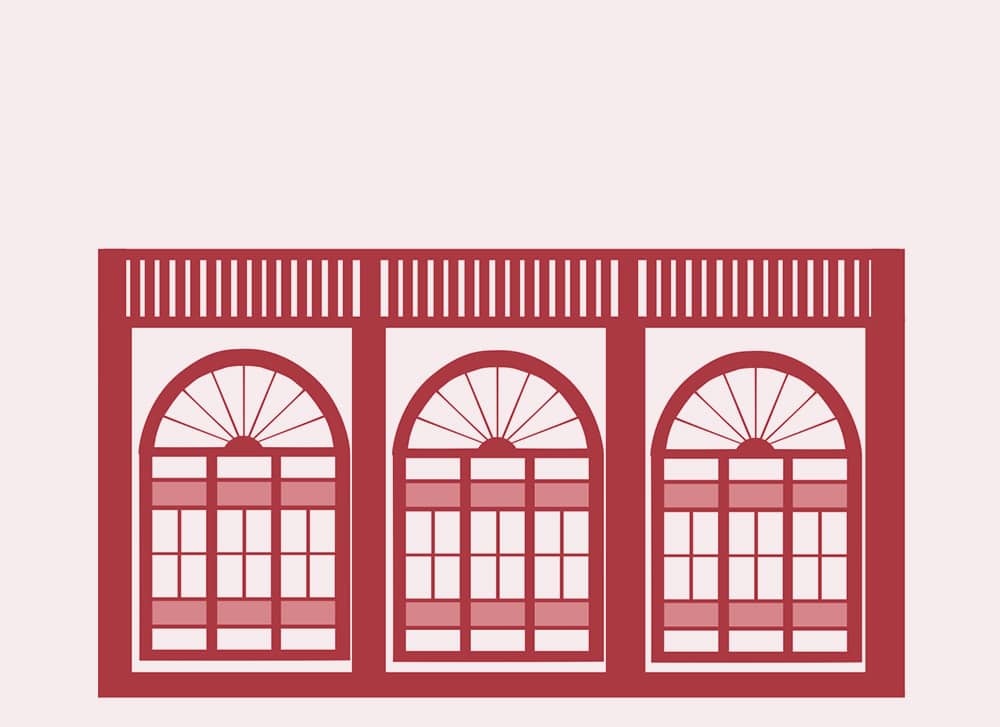
4. German Colony
This residential neighbourhood from 1919 comprises five buildings that housed the technicians of the German submarine cable company, D.A.T. (Deutsch-Atlantische Telegraphengesellschaft).
The Casa do Relógio (Clock House) stands out for its german design, with a porch on the entrance and a small tower with a clock on the upper floor.
Both in this building as well as in the next one, the stained glass featuring heraldry from distinct regions of Germany stands out.
Nowadays, several departments from the Regional Government of the Azores are installed here.
5. Banco de Portugal
This building was designed by the Portuguese architect Adães Bermudes and was inaugurated on the 25th of February 1935. Horta’s branch office of the central bank of the Portuguese Republic. Operated here until the end of the last century.
With an imposing appearance but with simple lines, the design of its large façade is inspired by the Art Deco style. Both the façade and the sidewalk are made from limestone.
Today it hosts the Banco de Artistas, a “cultural office” where several activities take place, namely exhibitions and workshops.
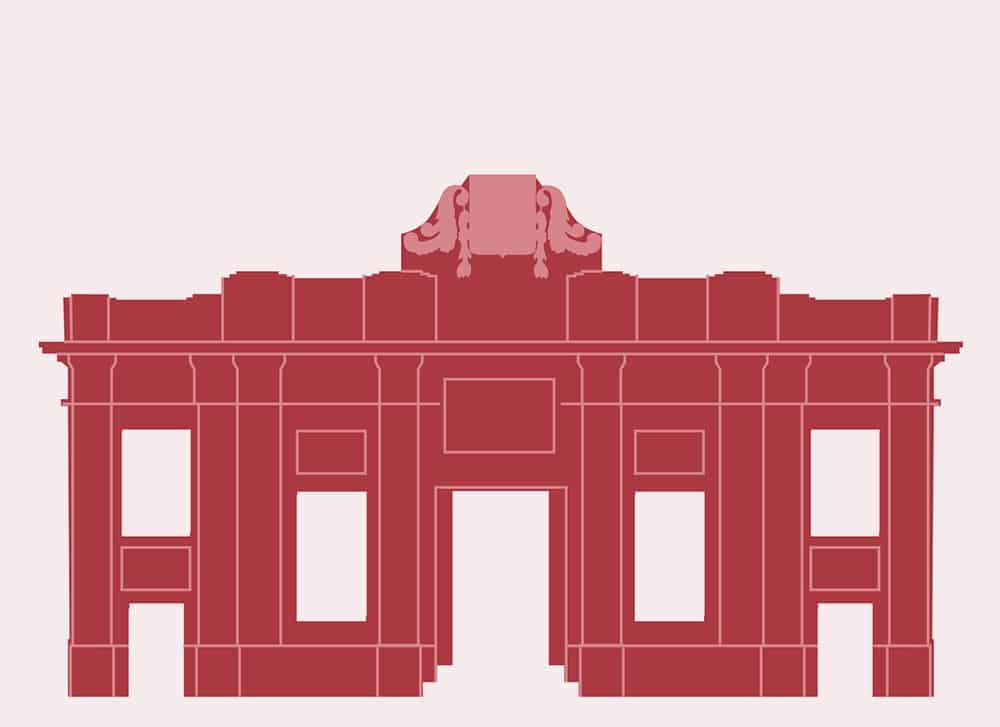
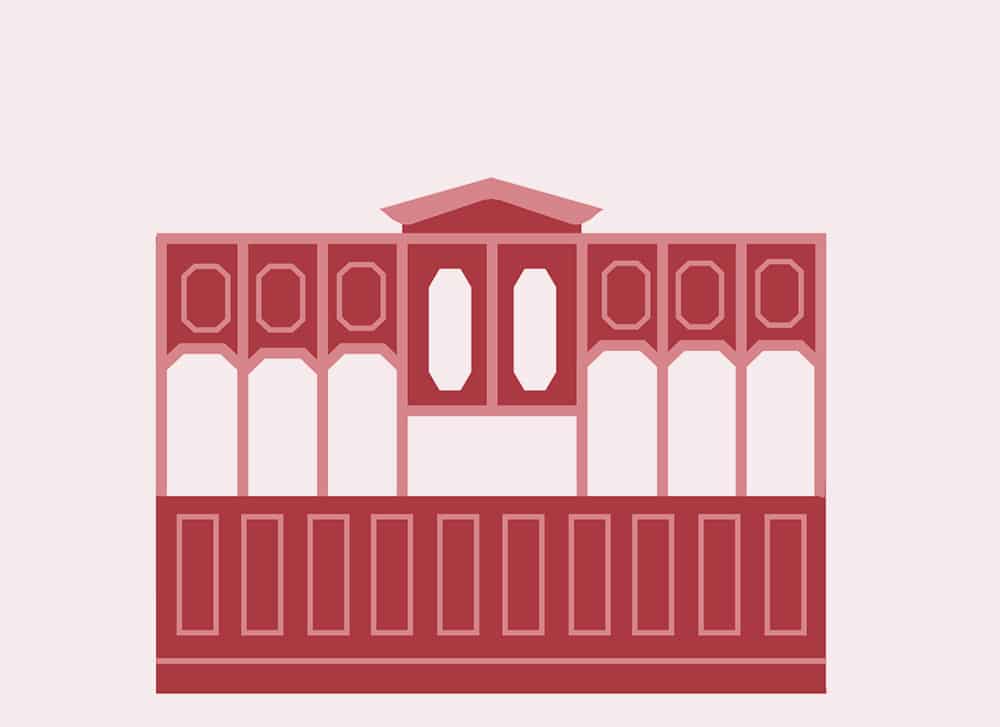
6. Café Internacional
Visiting the Café Internacional is an exciting experience. Its interior takes you back to an atmosphere from past times, more precisely, from almost a century ago. In a building with eclectic decorations, this establishment was founded in 1926, with decorative elements typical from the Belle Époque.
Here you can find a drawing by the painter Almada Negreiros, one of the pioneers and most influential artists of the Portuguese Modernism.
7. Amor da Pátria Society
Founded on the 28th of November 1859, its old headquarters were located in the ancient manor belonging to the descendants of one of the first settlers of Faial, Josse Van Aard. However, it was destroyed by a brutal fire in 1930, leading to the construction of the current building, opened on the 30th of June 1934, designed by the famous Portuguese architect Joaquim Norte Júnior (awarded several times with the Valmor Prize and Municipal Architecture Award).
Inspired by the Art Deco style, it contains decorative elements with masonic symbols as well as a typical element of this region – the blue hydrangeas – displayed on relief friezes on the façade. Outside, two dragon trees (Dracaena draco) can be found, a classified tree species.
Currently, it still hosts numerous social and cultural events.
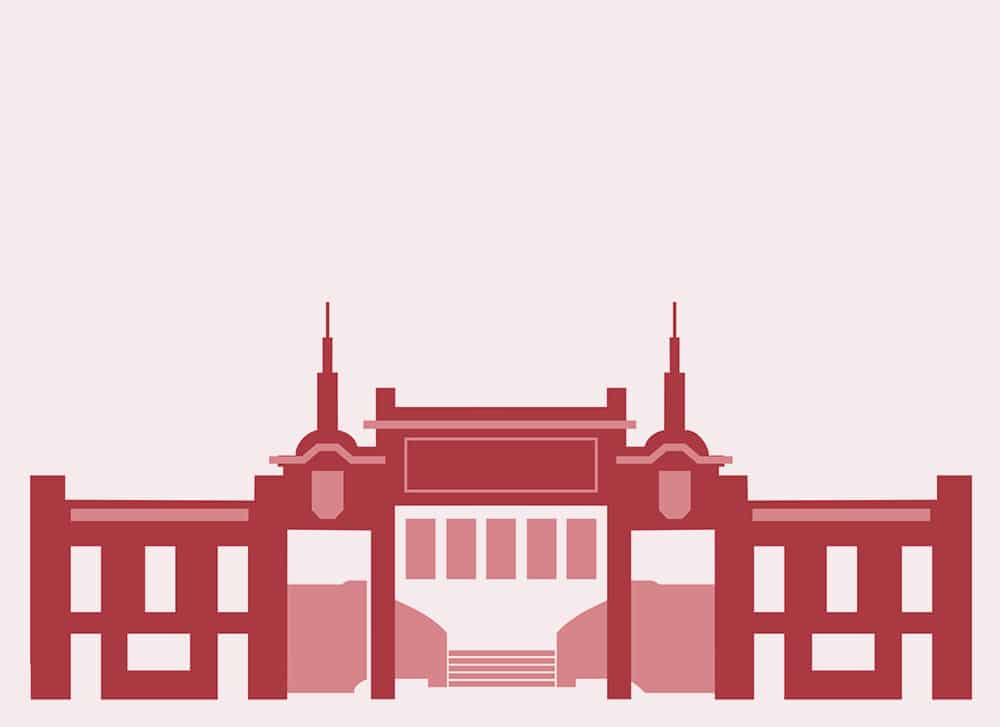

8. Former Walter Bensaúde Hospital
Until the beginning of the 19th century, Horta’s Santa Casa da Misericordia Hospital was located near Rua D. Pedro IV (D. Pedro IV Street), later moving into the buildings of the former convent of São Francisco, destroyed by a fire in 1899. The new hospital was inaugurated in 1911 and was built as a result of a fundraising carried out by the island’s most prestigious people. The main donor, Walter Bensaúde, was an influential businessman and benefactor of the charitable institution of Santa Casa da Misericórdia.
Thus, the hospital was named after this donor, becoming the Walter Bensaúde Hospital of the Santa Casa da Misericordia of Horta.
Currently, the Department of Oceanography and Fisheries (DOP) of the University of the Azores is installed here.
9. Igreja da Conceição
This temple’s location marks one of the first settlement sites of Horta, being the first structure dedicated to Our Lady of Immaculate Conception, dating back to the 15th century.
However, the church was destroyed in 1597 by English privateers, being rebuilt in 1607 and then amplified in 1749. This newer building was larger and featured two bell towers but was eventually destroyed by an earthquake on the 31st of August 1926.
The current place of worship had its first stone placed in 1933, leading to a church designed in Art Deco style.
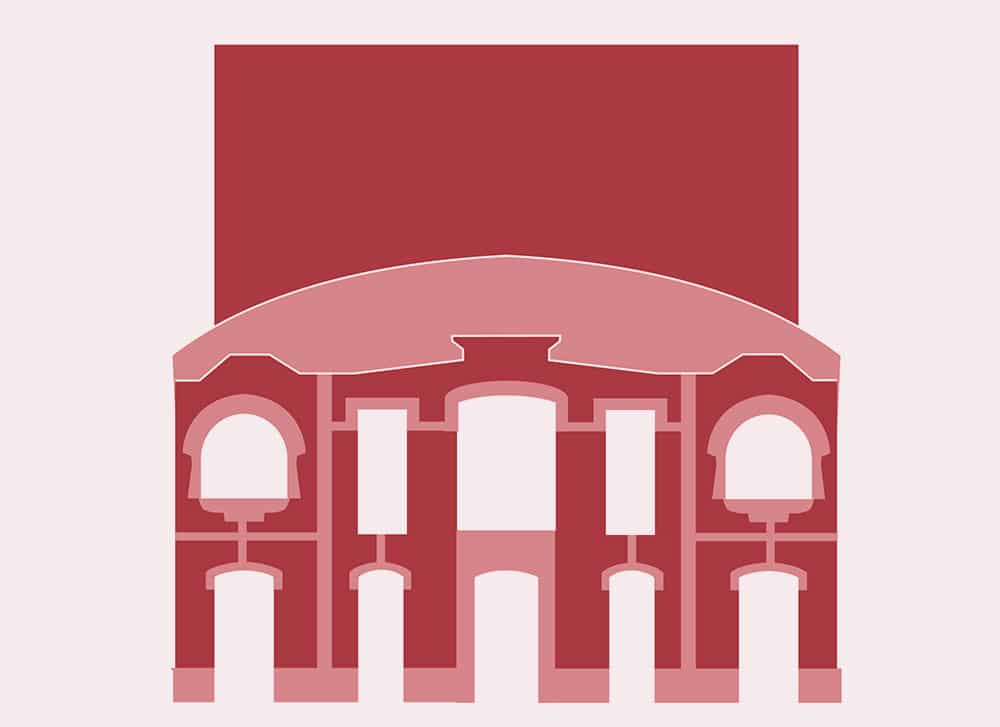
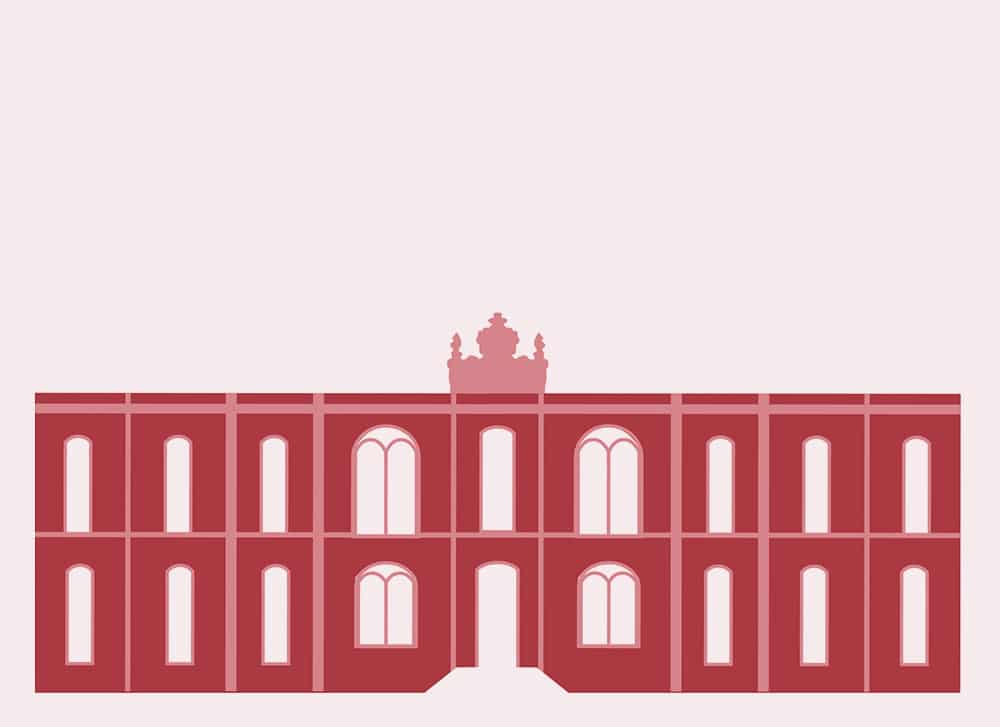
10. Teatro Faialense
The taste for the theatre on the island began on the mid-19th century, in a granary with the theater group Tália. This place was property of João de Bettencourt, lawyer and theatre enthusiast, who ended up opening the first theatre building on the 16th of September 1856, due to the huge success that the first venue had. This building was named Teatro União Faialense, and is considered to be the first regular theatre of the Azores.
The current building was inaugurated in 1916 under the name Teatro Fayalense. With the rise the cinema industry, the theatre quickly adjusted, first with the installation of a cinematograph, and later with the acquisition of equipment for sound film screening. The first screening occurred on the 31st of May 1933.
Both the main façade and the magnificent interior of the auditorium portray influences of eclecticism, from the transition era between the 19th and the 20th century.
Inside the auditorium, you can find a contemporary painting by the Azorean artist José Nuno da Câmara Pereira.
